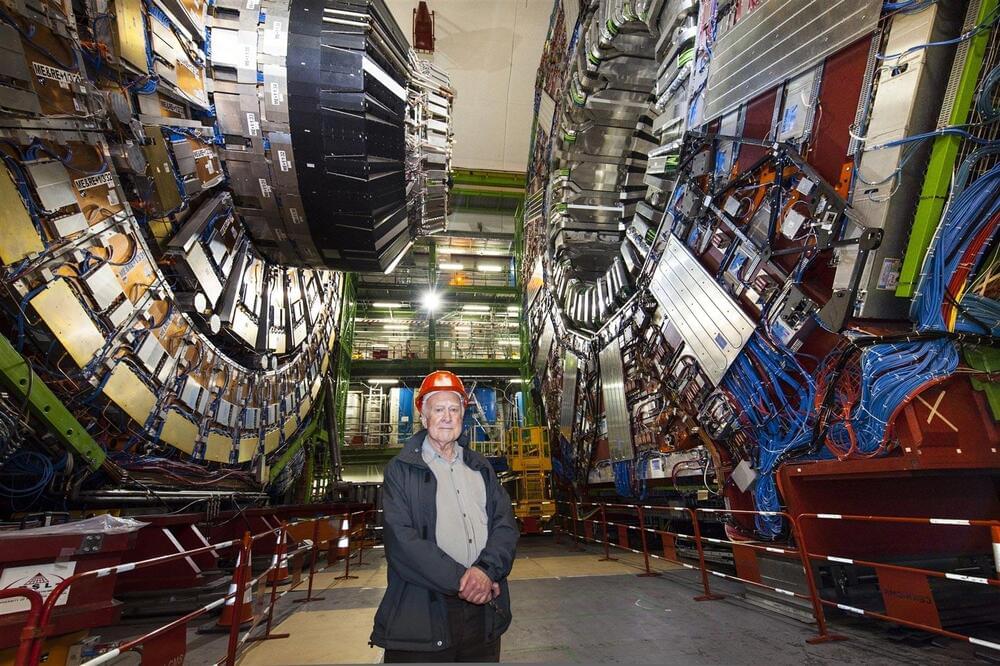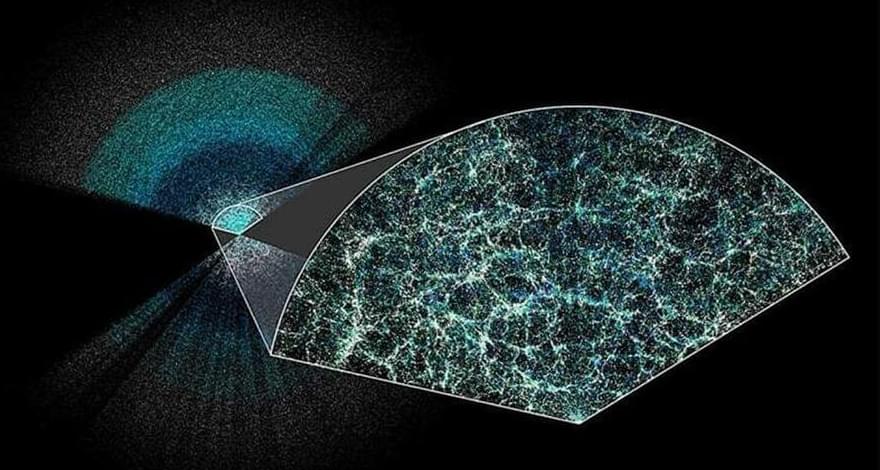Dark matter may in fact be made up of light-barrier breaking particles called tachyons, the researchers posit.



The telescope’s studies could help end a long-standing disagreement over the rate of cosmic expansion. But scientists say more measurements are needed.

For most stars, neutron stars and black holes are their final resting places. When a supergiant star runs out of fuel, it expands and then rapidly collapses on itself. This act creates a neutron star—an object denser than our sun crammed into a space 13 to 18 miles wide. In such a heavily condensed stellar environment, most electrons combine with protons to make neutrons, resulting in a dense ball of matter consisting mainly of neutrons. Researchers try to understand the forces that control this process by creating dense matter in the laboratory through colliding neutron-rich nuclei and taking detailed measurements.

Thanks to the dizzying growth of cosmic observations and measurement tools and some new advancements (primarily the “discovery” of what we call dark matter and dark energy) all against the backdrop of General Relativity, the early 2000s were a time when nothing seemed capable of challenging the advancement of our knowledge about the cosmos, its origins, and its future evolution.


A quantum squeezing method can enhance interactions between quantum systems, even in the absence of precise knowledge of the system parameters.
Squeezed states are an important class of nonclassical states, where quantum fluctuations can be reduced in one property of a system, such as position. However, at the same time, according to the Heisenberg uncertainty principle, quantum fluctuations increase in the conjugate property, in this case momentum. The ability to suppress noise in at least one variable is valuable in a wide range of areas in quantum technologies. Now Shaun Burd at the National Institute of Standards and Technology, Colorado, and colleagues have experimentally demonstrated a squeezing-based enhancement method that requires no preknowledge of the system’s parameters [1]. The researchers use a trapped-ion system (Fig. 1) and show that they can amplify the motion of the ion using a combination of squeezing procedures. This experimental research can stimulate other novel applications of squeezing, for example, in dark matter searches.
For decades, quantum squeezing has played a central role in high-precision quantum measurements, such as gravitational-wave detection [2, 3] and nondemolition qubit readout [4– 6]. The methods typically involve applying a field or inserting an optical element that reduces the fluctuations in one observable. The measurements of this squeezed observable can beat the standard quantum limit and thus enable a significant improvement in the detection sensitivity or the readout signal-to-noise ratio.

Peter Higgs, pivotal in the discovery of the “God Particle,” has died at the age of 94. His groundbreaking work, for which he received a Nobel Prize, laid the foundation for understanding the universe’s fundamental structure and continues to guide current and future research in particle physics.
Peter Higgs has passed away at the age of 94. An iconic figure in modern science, Higgs in 1964 postulated the existence of the eponymous Higgs boson. Its discovery at CERN in 2012 was the crowning achievement of the Standard Model ℠ of particle physics – a remarkable theory that explains the visible universe at the most fundamental level.
Alongside Robert Brout and François Englert, and building on the work of a generation of physicists, Higgs postulated the existence of the Brout-Englert-Higgs (BEH) field. Alone among known fundamental fields, the BEH field is “turned on” throughout the universe, rather than flickering in and out of existence and remaining localized. Its existence allowed matter to form in the early universe some 10-11 s after the Big Bang, thanks to the interactions between elementary particles (such as electrons and quarks) and the ever-present BEH field. Higgs and Englert were awarded the Nobel Prize for physics in 2013 in recognition of these achievements.


Stars like the sun are remarkably constant. They vary in brightness by only 0.1% over years and decades, thanks to the fusion of hydrogen into helium that powers them. This process will keep the sun shining steadily for about 5 billion more years, but when stars exhaust their nuclear fuel, their deaths can lead to pyrotechnics.
The sun will eventually die by growing large and then condensing into a type of star called a white dwarf. But stars more than eight times more massive than the sun die violently in an explosion called a supernova.
Supernovae happen across the Milky Way only a few times a century, and these violent explosions are usually remote enough that people here on Earth don’t notice. For a dying star to have any effect on life on our planet, it would have to go supernova within 100 light years from Earth.
